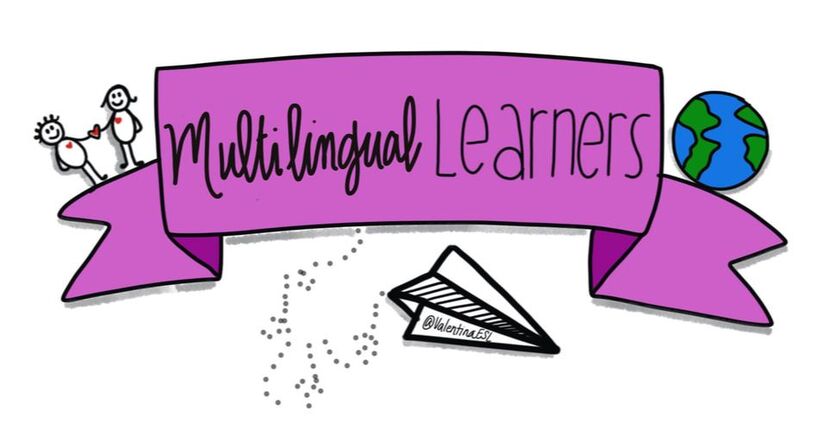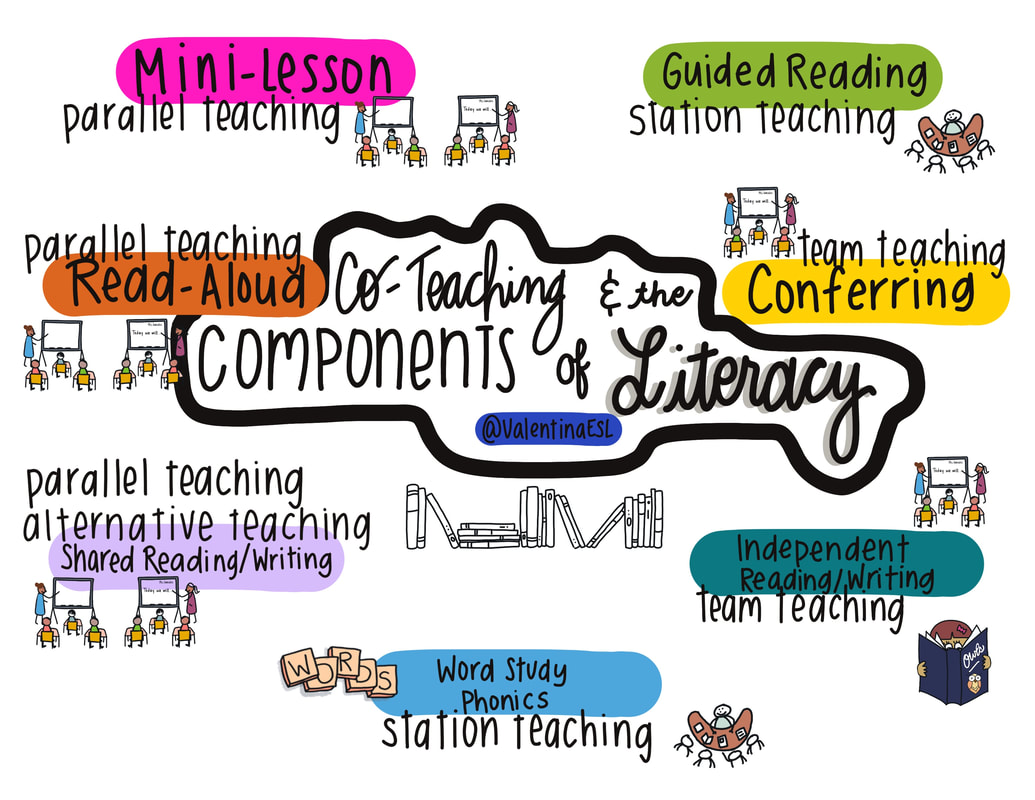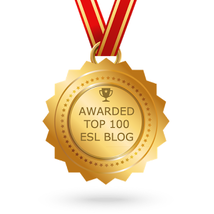|
As a co-teacher, you might wonder how co-teaching fits in with the components of literacy. Or you might be a main stream (general education) teacher that has a co-teacher and you wonder how to best utilize two teachers in the room during reading and writing instruction. Many ESL teachers co-teach in classrooms during reading and writing blocks. It's important to know which co-teaching approaches fit best with each component of literacy instruction. One of the best things about co-teaching is that it can lower the student-teacher ratio allowing for more interaction with individual students and the ability to customize instruction. One of the best things about the workshop model is that it allows for differentiation for all students. Students are reading and writing at their ability and on THEIR level. When these two amazing instructional approaches collide, they can be quite powerful! What we want to avoid is one teacher taking the lead of instruction while the other only assists a single student or the same group of students all the time. These are some of the main components of literacy (and a brief definition) that we will merge with co-teaching:
Here are 6 popular co-teaching approaches:
The most effecting co-teaching happens when teachers build a strong, healthy relationship with one another, respect each other, plan together, and see one another as equals in the classroom. All students should see both teachers as "their teachers". If you are the ESL teacher or a support teacher going into a classroom, always remember to think of yourself as another teacher in that room and not as a guest. On the other hand, if you have an ESL or support teacher coming to your classroom, remember to share the space. In the following document, you will find a merging of literacy components and co-teaching approaches.
Jen
7/12/2018 06:37:21 pm
This is a wonderful resource! I shared it with all the co-teachers working at my school. Thanks!
valentina gonzalez
8/5/2018 01:26:22 pm
That is such an honor, Jen! Thank you for the feedback. I'm happy to hear that this resource was helpful.
Keya Morrison
5/23/2019 10:03:01 am
This really helps to breakdown everyone's role in the classroom. I will be using this for my reading workshop this summer. Giving you all of the credit for this wonderful creation! Comments are closed.
|
Categories
All
|
||||||


 RSS Feed
RSS Feed
